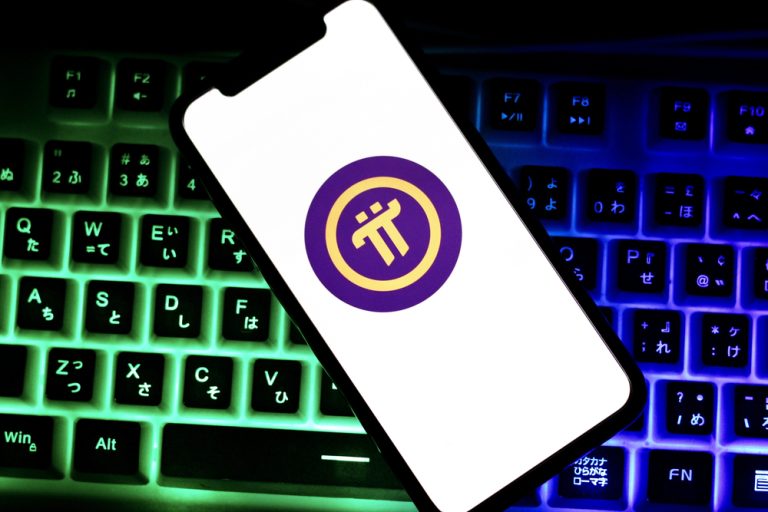The Pi Coin price has remained under pressure in the past week after the much-anticipated ecosystem news event was disappointing. Pi Network coin was trading at $0.80 on Wednesday, down by 52% from the highest point this month. This article explores whether Pi is a ghost chain and the impact on price.
Pi Network aimed to change the crypto industry
Pi Network is a crypto project started seven years ago to solve a key problem that Bitcoin has: its cost of mining. Bitcoin mining has continued rising over the years and is now dominated by large publicly-traded companies like Mara and Riot Platforms that run huge mining farms.
Pi Network became popular by creating a platform that enables anyone with a smartphone to mine the coin. Users just need to download an app and then start mining coins by just tapping a button.
Pi also hoped to solve the challenge where Bitcoin lacked smart contract features, making it almost impossible for developers to build dApps on top of it. It provided developers tools to build applications in industries like e-commerce, gaming, and decentralized finance (DeFi).
Pi’s goal was that its coin would be used in the physical and digital worlds, giving it utility. Also, as with other chains, Pi Network hoped that these transaction costs would be used to burn the token, reducing those in circulation and boosting its price.
The presence of an ecosystem was so important that it was a precondition for the mainnet launch to happen. It had to have at least 100 mainnet-ready applications.
Is Pi a ghost chain?
Therefore, the question is whether Pi Network is a ghost chain or not. A ghost chain is a blockchain project that has no developers and apps in its ecosystem. It also refers to those chains with ecosystems that people don’t use.
A closer look at the Pi Network ecosystem shows that there are applications in its marketplace. Maps of Pi is a search engine that shows the locations of businesses accepting the Pi Coin.
Fruity Pi is a game that has become fairly popular in the ecosystem. Other apps in the network are WorkforcePool (an Upwork of Pi), MyFestMap, Pet for Pi, and ChatGPT for Pi.
The challenge for Pi Network is that there are signs that developers are not building in its technology stack. Also, no mainnet-ready application has gone mainstream in the past few months.
This explains why the developers launched Pi Network Ventures last week. This initiative will see the company deploying $100 million to fund startups leveraging the Pi Network ecosystem.
An ecosystem fund is a good initiative that other blockchains have launched similar initiatives. Solana has a $300 million ecosystem fund, while Ethereum launched a $1.03 billion fund. Kava, Skale, Harmony, Kadena, and Velas are other chains with similar funds.
The challenge for Pi Network is that the process of identifying projects to fund will take time. After that, the process of building applications will be a lengthy one.
As other chains like Harmony, Kadena, and Velas have showed, it is not guaranteed that projects that receive funding will succeed. Kadena’s KDA token is now valued at $183 million, while Velas, which launched a $100 million fund is worth $11 million.
Centralization problem
In addition to being a ghost chain, Pi Network also faces the accusation that it is a highly centralized network.
This accusation stems from the fact that it is overseen by two entities: Pi Core Team and Pi Foundation.
For a project with a fully diluted valuation of over $70 billion, token holders should know more about these entities. Also, there should be a clear audit by a top auditor.
Nothing is known about the Pi Core Team and the foundation, if it exists. Besides, Pi Foundation today controls over 90 billion. As such, holding Pi is giving this foundation the benefit of the doubt that it will do the right thing and not dump the tokens.
There is also a risk that these addresses may be hacked, leading to substantial losses to token holders.
The fact that it is a ghost chain and that it is highly centralized explains why many mainstream exchanges like Binance and Coinbase are yet to list it. It also explains why Pi Coin price has crashed.
Read more: Pi Network price prediction: Will Pi Coin recover from this plunge?
The post Behind the hype: Is Pi Network a $70 billion ghost chain? appeared first on Invezz

